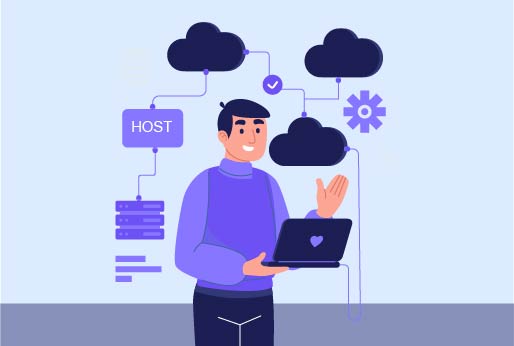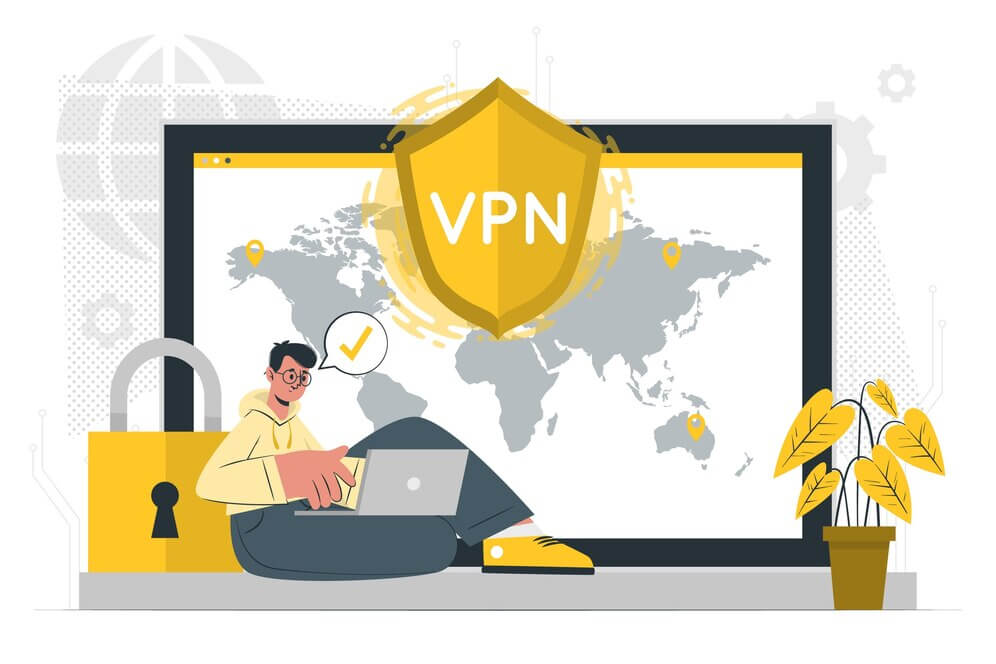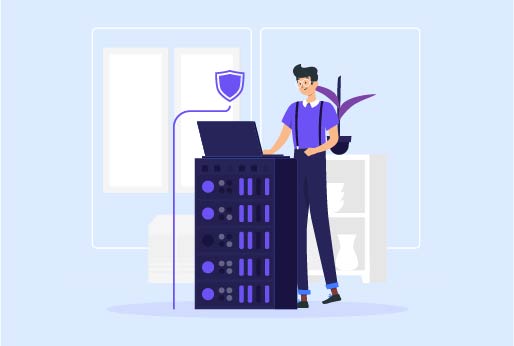
Why CSPM Is the First Tool You Should Turn On After You Launch in the Cloud?
The introduction of a new cloud environment brings institutional victory to any organization. For instance, many organizations opt for AWS VPC deployment, GCP container usage, and Azure serverless solutions because these moves provide swiftness, big-scale functionality, and flexible resource utilization. Engineers and developers push for fast development while delivering features at high speed without devoting enough attention to security protocols.
The biggest security threats within the cloud infrastructure stem from human error instead of malicious actors or complex exploits. Actual risks in cloud environments stem primarily from common failed security measures like poor storage configuration, unpatched system ports, excessive permissions, and accidentally leaving workplace resources. These aren’t edge cases. They’re routine oversights. The result of these security gaps leads to data exposure, compliance violations, and broadened infrastructure vulnerabilities.
Activate Cloud Security Posture Management solutions first since they constitute the most vital cloud security mechanism. The solution operates as a Cloud Security Posture Management (CSPM) system.
For those unfamiliar with the term, you can quickly check ‘CSPM explained‘ for a refresher before reading this article.
The Cloud Moves Fast—And So Do Misconfigurations
Elasticity and convenience are the main reasons people choose the cloud. After deploying the infrastructure, you can initiate new resources in minutes. The rapid pace of operations leads developers, DevOps engineers, and security staff to cross security concerns for the sake of functionality, both actively and unintentionally. A single unchecked box, one improperly set policy, and one mistake during a click operation are enough to cause harm.
The purpose of CSPM tools is to match exactly what users need when securing cloud environments. These security systems operate before attacks, trying to hit their targets. They actively scan your environment to discover risks, weak spots, and dangerous practices before they turn into actual security issues.
When activated, CSPM creates real-time awareness about security policy deviations and infrastructure non-compliance. A continuous security monitoring system works as your objectivity-based guardian, safeguarding your system while delivering prompt feedback during all operating times.
CSPM Makes Security Proactive, Not Reactive
Traditionally, security has been reactive. An alert activates whenever the security team discovers a new vulnerability, and teams rush to take appropriate action. Twenty-four-seven response times play a vital role when operating in the cloud environment. Infrastructure is ephemeral. When staff members discover alerts, the compromised or deleted vulnerable resource might already be lost.
CSPM flips this script. The system works nonstop to detect recognized instances of wrong configuration and policy breaches while tracking compliance changes. The Cloud Security Posture Management system detects security weaknesses in real time so threat actors cannot exploit them.
The proactive operational method of CSPM leads to security enhancement benefits. Through CSPM, your teams avoid the stress of unneeded alerts and concentrate on their mission-critical work projects rather than constantly addressing emerging threats. Early implementation of this mindset during your cloud journey will build more potent security methods that operate efficiently.
You Can’t Secure What You Can’t See
Cloud security operations depend entirely on how healthy organizations see their systems and networks. Organizations operating with multi-cloud and hybrid-cloud environments possess limited insight into their assets. When inquiring about the number of exposed databases in their architecture, you will most likely receive disappointing or estimative responses from a cloud engineer.
CSPM tools enable users to see all elements within their environment. They offer real-time interactive tracking of your complete cloud infrastructure, which includes IAM policies, storage configurations, container mistakes, and unidentified assets. The systems continue their analysis beyond basic resource inventory. The software identifies protected assets and insecurity points in addition to showing what needs correction.
Such exposure to cloud services becomes extremely useful, particularly when organizations first embrace cloud solutions. Your infrastructure growth benefits from CSPM tools, which establish foundational elements required for strong governance practices, operational discipline, and clear accountability systems.
Compliance Is Easier When CSPM Leads the Way
All businesses that operate under SOC 2, HIPAA, PCI-DSS, and GDPR regulations need compliance that extends beyond basic requirements. CSPM creates a system containing specific rules about safeguarding your data and its protection standards. Maintaining cloud compliance becomes difficult unless you have an immediate view of your environment.
Through CSPM, your compliance monitoring becomes automated when configurations obtain mapping to established frameworks. CSPM immediately identifies unencrypted volumes, roles that have too much accessibility, and exposed storage configurations that are publicly accessible while also supplying step-by-step remediation instructions. Electronic audit reports contain timeline information, change records, and remediation activity histories generated by these tools.
Organizations gain audit convenience while developing their cloud environment with regulatory compliance from the foundation that saves retrofitting efforts during later development phases when controls become costlier and more complex.
CSPM Helps Build Security into the Culture
The way CSPM transforms team practices is a hidden yet fundamental force, making it a minority aspect of discussion within CSPM. Security issues that automatically surface with a clear presentation to developers and engineers create a secure coding and infrastructure practice normalization effect. Security in cloud deployments becomes an integrated part of the development cycle through this system, dispelling secrecy.
The integration capabilities of CSPM tools allow them to connect with ticketing systems while also working with CI/CD pipelines and infrastructure-as-code (IaC) platforms, including Slack. Engaging security feedback moves from being left behind to operating within standard daily pipelines. Through continuous adoption, CSPM generates a security-first approach that spreads throughout the entire organization.
Do not let your first misconfiguration appear on a breach report. Turn on CSPM. Make your cloud security system its primary defense, which you must establish before taking any other actions.




